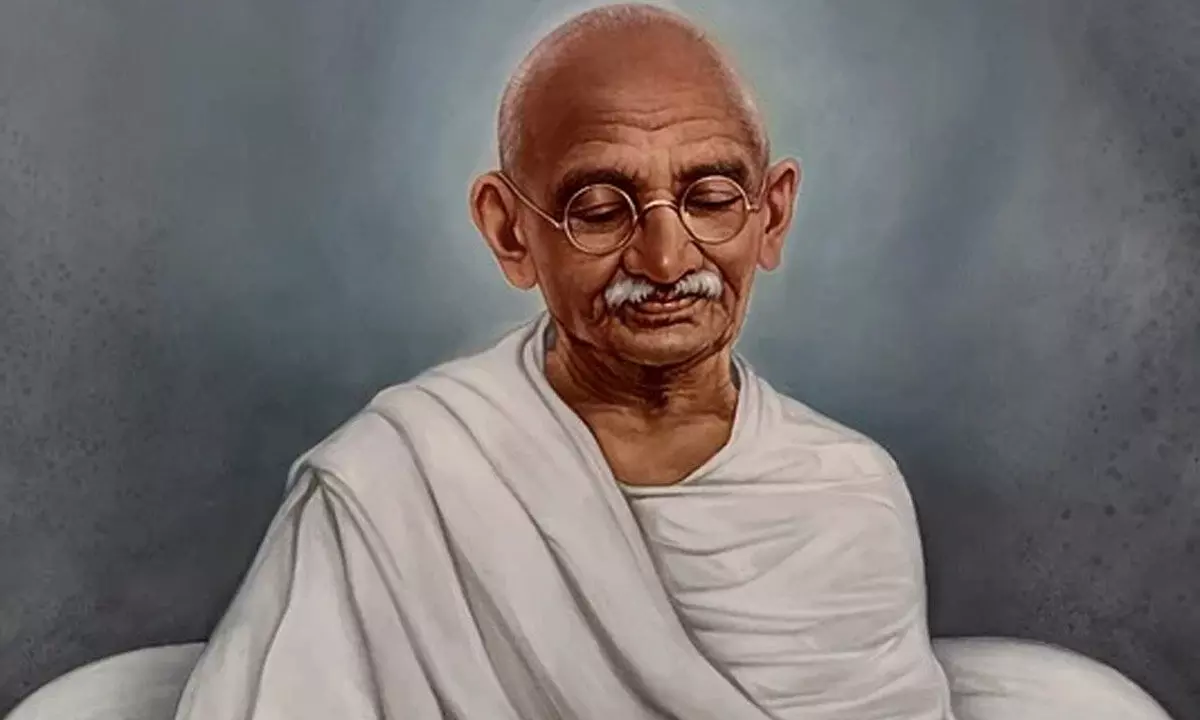Explore Gandhi’s Legacy at These Iconic Locations Across India
On Gandhi’s death anniversary, visit historic sites like Sabarmati Ashram and Gandhi Smriti to reflect on his life and enduring influence on India’s freedom movement.
image for illustrative purpose

Mahatma Gandhi, a pivotal figure in India’s struggle for independence, is remembered through various sites across the country that remain deeply associated with his life and philosophy. On his death anniversary, these locations stand as testaments to his enduring influence.
Sabarmati Ashram, Ahmedabad: Situated along the banks of the Sabarmati River, this ashram served as Gandhi’s residence between 1917 and 1930. It was here that he initiated a school focusing on self-sufficiency, agricultural practices, and literacy. The site remains a significant landmark in India's freedom movement and continues to attract visitors who seek to understand Gandhi’s principles.
Kirti Mandir, Porbandar: Located in Porbandar, Gandhi’s birthplace, Kirti Mandir stands adjacent to his ancestral home. The memorial features a library housing books on Gandhian philosophy and serves as a place of reflection for those studying his contributions to the nation.
Kochrab Ashram, Ahmedabad: Established in 1915, this ashram was Gandhi’s first in India. It provided a base for people committed to the principles of Satyagraha, self-reliance, and Swadeshi. The ashram played a crucial role in mobilizing individuals from marginalized communities, including destitute women and the underprivileged, towards a path of social upliftment.
Gandhi Smriti, New Delhi: Previously known as Birla House, Gandhi Smriti is the location where Mahatma Gandhi spent his last days before his assassination. Originally owned by the Birla family, the site has since been transformed into a museum dedicated to his life and teachings, offering an insight into his final moments and legacy.
National Gandhi Museum, New Delhi: Situated near Rajghat, this museum was established shortly after Gandhi’s assassination. It holds an extensive collection of personal belongings, artifacts, and artworks that chronicle his journey and contributions to India’s independence movement. The museum serves as an important educational resource on his ideologies.
Gandhi Memorial Museum, Madurai: Built in 1959, this museum was among the institutions established to commemorate Gandhi’s contributions. A notable exhibit includes a blood-stained cloth worn by him at the time of his assassination. It remains one of the few dedicated museums in India that document his life and impact.
Mani Bhavan Gandhi Sangrahalaya, Mumbai: For nearly two decades, from 1917 to 1934, Mani Bhavan in Mumbai functioned as a hub for Gandhi’s political activities. The two-story building, nestled in a quiet neighborhood, has since been converted into a museum that displays books, photographs, and memorabilia related to his work and leadership.
Each of these historic sites preserves an aspect of Gandhi’s life, ensuring that his legacy continues to inspire future generations. On this day, visitors and scholars alike revisit these places to reflect on the principles of truth, non-violence, and self-discipline that defined his journey.

